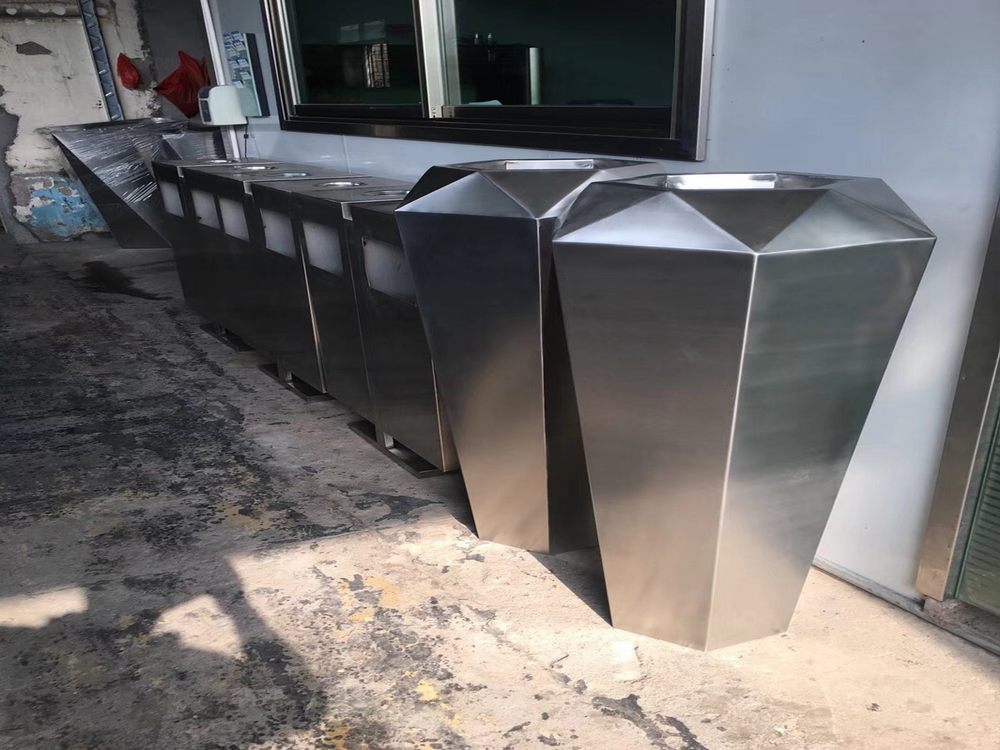
When it comes to wood carving, selecting the right wood with a dramatic grain pattern can elevate your artwork from ordinary to extraordinary. The interplay of light and shadow on intricate grain lines adds depth and character to carvings, making them visually striking. Here are some of the best woods renowned for their bold and captivating grain patterns:
1. Black Walnut – Known for its rich, dark tones and swirling grain, black walnut offers a luxurious finish. Its medium hardness makes it ideal for detailed carvings while showcasing a dramatic contrast between light and dark streaks.
2. Oak (White or Red) – Oak’s prominent grain and open pores create a rustic, textured look. Its durability and pronounced growth rings make it a favorite for bold, large-scale carvings.
3. Maple (Curly or Birdseye) – Maple’s unique figuring, like curly or birdseye patterns, produces mesmerizing 3D effects under light. Though harder to carve, the results are breathtaking.
4. Mahogany – With its straight, interlocking grain and reddish-brown hue, mahogany adds elegance to carvings. It’s softer than oak but still durable, perfect for intricate designs.
5. Zebrawood – This exotic wood features bold, dark stripes against a pale background, resembling a zebra’s coat. Its striking appearance is perfect for statement pieces.
6. Koa – Native to Hawaii, koa boasts shimmering, wavy grain patterns that shift in the light. Its rarity and beauty make it a prized choice for high-end carvings.
7. Cocobolo – A dense, oily wood with vibrant orange and black grain variations, cocobolo is challenging to carve but rewards with unparalleled visual drama.
For beginners, softer woods like butternut or basswood with subtle grains are easier to handle. However, if you’re seeking drama, the woods listed above will transform your carvings into masterpieces. Always consider grain direction and wood hardness to match your skill level and design vision.
Experiment with these woods to discover how their natural patterns can enhance your artistic expression, turning each piece into a one-of-a-kind creation.

